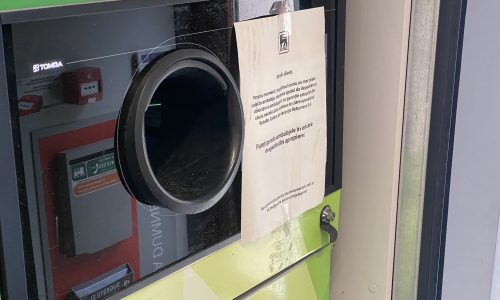The stunning natural light display known as the aurora borealis, or northern lights, made a rare appearance over Romania on the evening of Sunday, 5th November. This prompted an outpouring of photographs on social media from across the country, capturing an event typically reserved for more northerly latitudes.
Aurora Borealis in Chinteni, Cluj taken by Ștefan Pop-Coț (Coțmic Astrophotography – Instagram)
Enthusiasts from all corners of Romania, including regions such as astrophotographer Ștefan Pop-Coț in Cluj who took these beautiful images above, were treated to the awe-inspiring sight and shared images of the phenomenon on social media and local news websites.
Adrian Șonka, an astronomer, conveyed to Digi24.ro the exceptional nature of witnessing the northern lights at these latitudes; the previous occasion being back in 2015. He explained that this occurrence was the result of a solar flare that erupted on 3rd November, the effects of which were observed on Earth a few days later as the expelled particles collided with our planet's atmospheric gases.
He also remarked on the unpredictable nature of such celestial events, suggesting that forecasting their reappearance is not currently possible.
Adding to the conversation, the Astronomical Institute of the Romanian Academy announced via Facebook that there might be another opportunity to observe the lights on Monday morning, as the geomagnetic storm, classified as G3 with a Kp index of 6, was expected to reach its zenith. The Institute ascribed the storm to heightened solar activities culminating in a coronal mass ejection aimed at Earth, noting its scarcity at such low geographical latitudes.
The aurora borealis phenomenon is the result of solar particles colliding with the Earth's upper atmosphere at incredible velocities, sometimes up to 72 million kilometres per hour. Fortunately, our planet's magnetic field acts as a shield, diverting these particles towards the poles, where they manifest as mesmerising colours in the sky.





